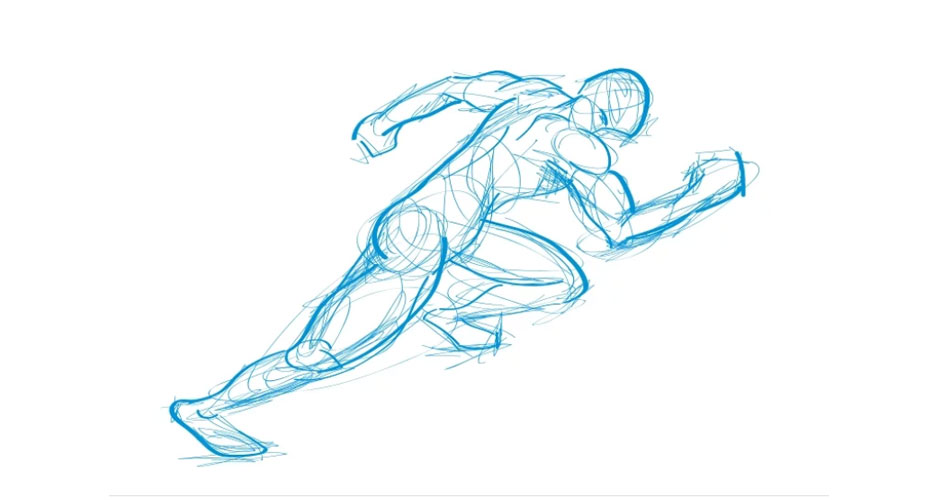Individualization of training – are you doing it right?
You are probably familiar with the ‘individualization principle’ in training theory that says that training should be individualized? The only problem is that most books/sources don’t necessarily go into how to do it.
The most common solution is to prescribe ‘relative intensity’, like %MAS, %1RM, %VO2max, %HRmax and so on. Using this method we usually ‘individualize’ training intensity. Less often we individualize volume – we tend to do 3×3′ @ 100% MAS, 5×5 @75% 1RM, 30min @75% HRmax. As you have probably noticed, the volume prescription is universal.
Besides, even if we individualize the intensity and volume of training load prescription we also need to do it for the recovery and frequency. And even if we manage to do this, we miss something crucial.There is something we overlook and I cover that in the video.
Besides discussing theory of training individualization by giving race car analogy, I also show how to use MAS table that you can receive by subscribing to our newsletter/mailing list. If you haven’t done it yet please do it in the box below:
The video last 50minutes and I cover different ways to estimate MAS, COD time and how that affects MAS estimation when done in shuttle arrangement and how to prescribe running distances for the group. I also cover my opinion regarding descriptive/benchmark tests and prescriptive/diagnostic tests and how to understand running-based performance in a game using a simple race car analogy.
Enjoy the video.











Responses